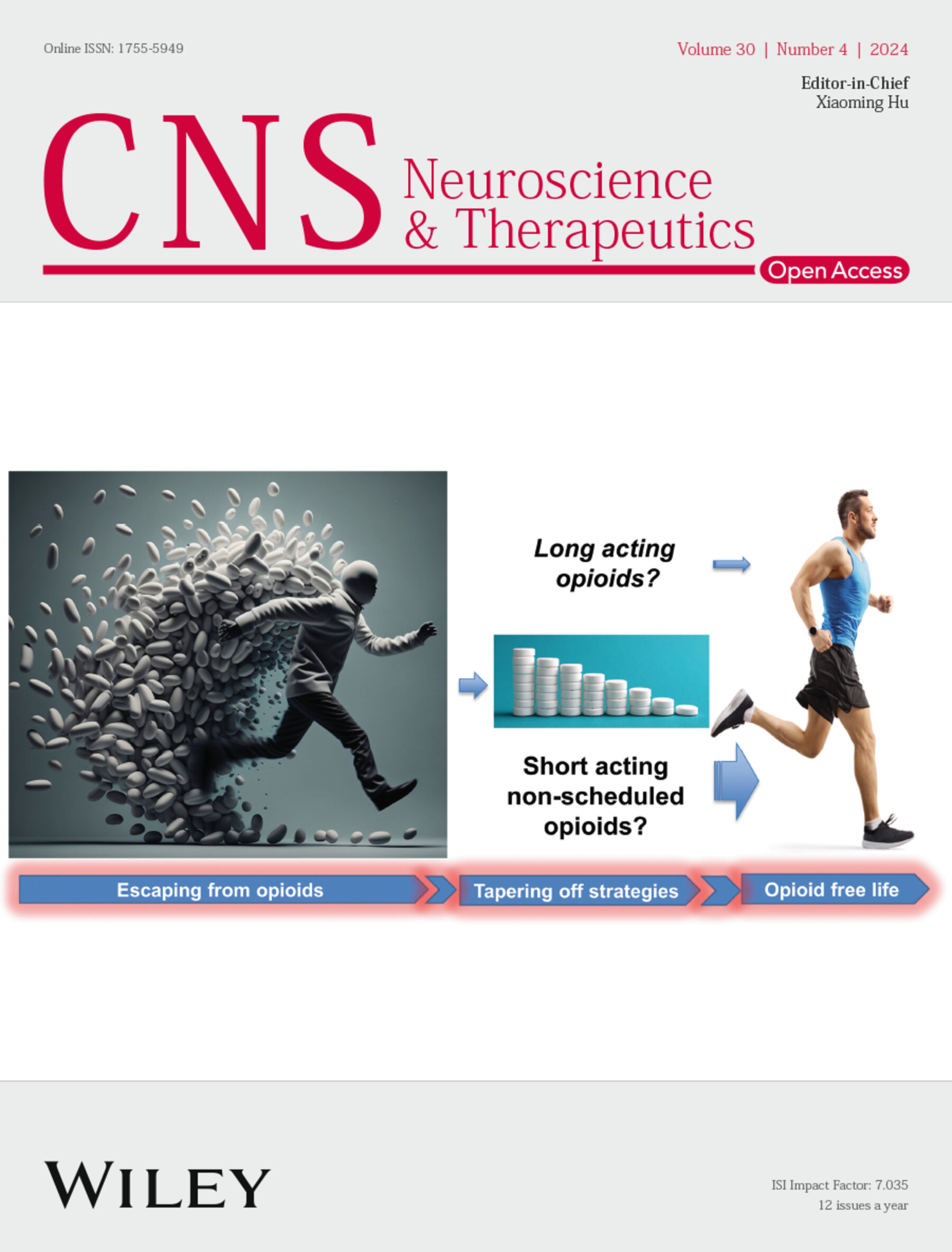Elucidating the Neuroprotective Mechanisms of G-3702 in Ischemic Stroke via Integrated Metabolomics and Computational Approaches
Abstract
Aims
Ischemic stroke (IS) remains a leading cause of disability worldwide, necessitating the development of more effective treatments. While DL-3-n-butylphthalide (NBP) has shown promise in treating IS, its clinical application is limited by hepatotoxicity. G-3702, a structural analog of NBP, has emerged as a potential alternative with reduced hepatotoxicity and proposed pro-angiogenic effects. However, the precise mechanisms underlying G-3702's therapeutic effects in IS remain unclear, hindering its optimization and the identification of novel therapeutic targets. This gap in understanding is particularly significant given the potential of pro-angiogenic treatments to address ischemia-induced vascular damage and improve long-term recovery.
Methods
Here, we employed an integrated approach combining metabolomics, transcriptomics, and machine learning to elucidate G-3702's mechanisms of action in a photothrombotic stroke mouse model. Untargeted metabolomics and pathway analysis explored G-3702's metabolic impacts, while network pharmacology and machine learning algorithms refined key therapeutic target identification. We validated computational insights through immunofluorescence and qPCR experiments.
Results
Our results demonstrated that G-3702 significantly improved neurological outcomes and reduced cerebral cortex necrosis in IS mice. Metabolomics implicated the Avb3 integrin pathway in G-3702's pro-angiogenic effects, while computational analyses highlighted the PI3K-Akt and HIF-1α pathways as central to this action. Machine learning algorithms prioritized potential biomarkers and targets, including BDNF, FGF2, ITGAV, ITGB3, SRC, and RHOA. Immunofluorescence confirmed enhanced angiogenesis, and qPCR demonstrated increased expression of these angiogenesis-related genes following G-3702 treatment.
Conclusion
These findings suggest that G-3702 promotes angiogenesis in the ischemic brain area primarily via the Avb3 integrin pathway, offering a mechanistic explanation for its therapeutic effects in IS. By elucidating G-3702's mode of action, this study not only enhances its clinical potential but also contributes to the broader field of stroke treatment by identifying novel therapeutic targets. Our integrated approach to mechanism elucidation advances the understanding of pro-angiogenic treatments for stroke and may serve as a model for future drug development efforts in IS and other complex neurological disorders. Ultimately, this work enhances G-3702's potential for clinical translation as an improved stroke therapy and opens new avenues for optimizing post-stroke recovery.


 求助内容:
求助内容: 应助结果提醒方式:
应助结果提醒方式:


